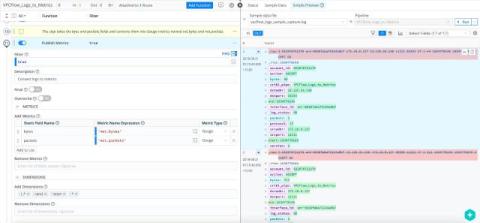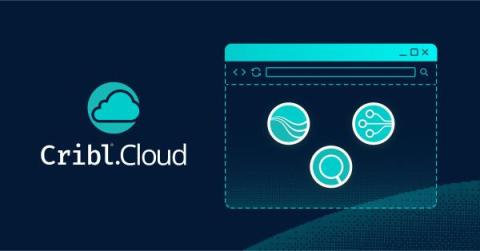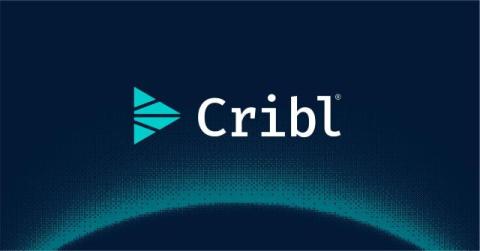Cribl's Blueprint for Secure Software Development.
What does it take to build software for the most security-demanding customers worldwide? At Cribl, building secure products is integral to our engineering identity. We have established a secure software development lifecycle that is both culturally and policy-driven, integrating product security tooling and processes into every architecture review, pull request, and release, whether major or minor.







